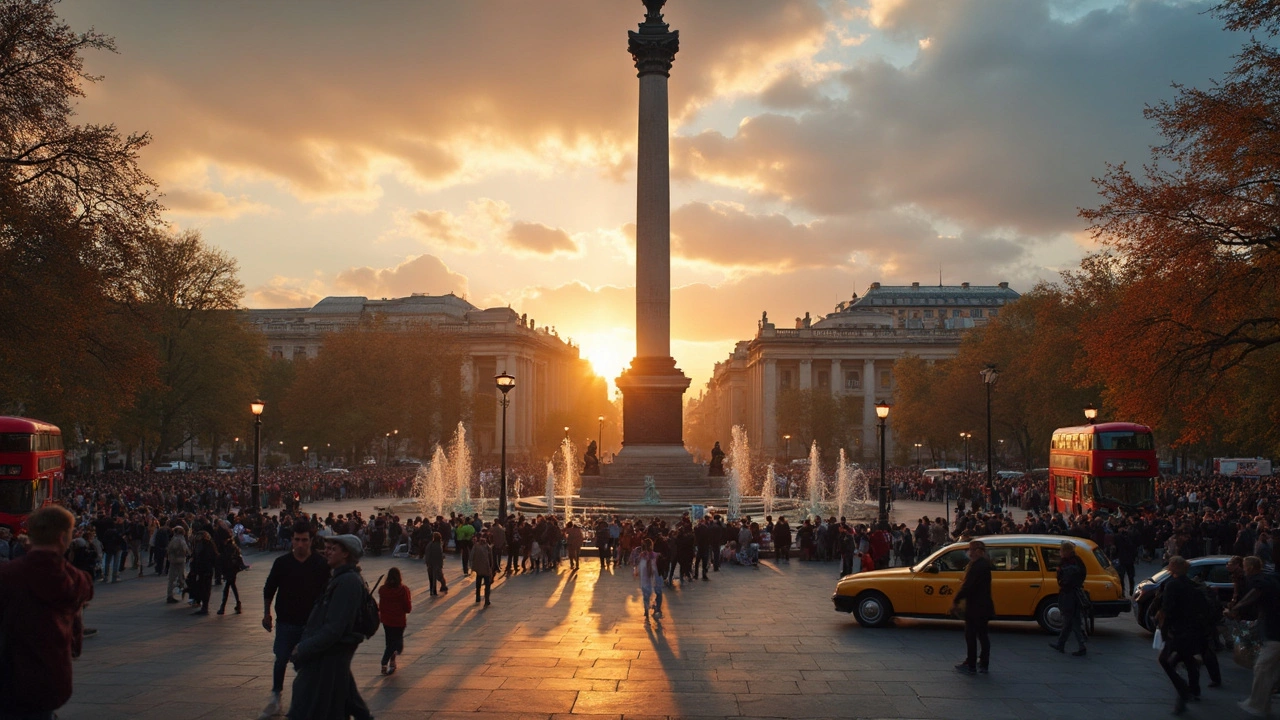Best Time to Visit London: Weather, Crowds & Events
Thinking about a London trip but not sure when to go? You’re not alone. The city changes a lot across the year, and a little timing knowledge can save you money, avoid the biggest crowds, and give you better weather for sightseeing.
Seasonal Weather at a Glance
London’s climate is mild but unpredictable. Summer (June‑August) brings the warmest days, often 70‑75°F (21‑24°C). It’s perfect for parks, river walks, and open‑air festivals. Pack a light jacket for the occasional rain – clouds can roll in fast.
Spring (April‑May) is a hidden gem. Temperatures hover around 55‑65°F (13‑18°C) and flowers bloom in Kew Gardens and Regent’s Park. You’ll still need an umbrella, but the city isn’t as crowded as midsummer.
Autumn (September‑October) offers comfortable temps, similar to spring, with the added bonus of colorful foliage in Hyde Hyde and along the Thames. Rain chance rises, so a waterproof coat helps.
Winter (November‑March) stays cool, around 40‑50°F (4‑10°C). Snow is rare, but you’ll see festive lights, Christmas markets, and lower hotel rates. Warm layers are a must.
When Crowds and Prices Are Low
Peak tourist season runs from late June through August. Expect long lines at the Tower of London, the London Eye, and popular museums. Hotel prices hit their high point, and you’ll need to book well in advance.
For fewer crowds, aim for late April to early June or mid‑September to early November. The weather is still pleasant, and attractions are less packed. You’ll also spot better deals on flights and accommodations.
If budget is your main concern, consider traveling in January or February. After the holidays, the city quiets down, and many hotels drop rates by 20‑30%. Museums often have free evenings, and you can enjoy indoor attractions without the rush.
Special events can swing crowds either way. The Notting Hill Carnival in August draws massive crowds, while the London Marathon in April brings runners but clears streets for spectators. Check the event calendar before you book.
Tips to make the most of any season: buy an Oyster card for easy transport, grab a “London Pass” if you plan to visit many paid attractions, and book tickets online to skip queues. A rain‑proof daypack and a reusable water bottle keep you comfortable while you explore.
Bottom line: the best time to visit London depends on what matters most to you – warm weather, low prices, or festival vibes. Pick a shoulder‑season month like May or September for a balanced mix, or go off‑peak if you’re watching the wallet. Either way, the city’s charm stays year‑round, and a little planning guarantees a smoother, more enjoyable trip.
Scenic Viewpoints from London: Explore the World’s Most Diverse Ecosystems




